AI smart warehousing is shifting from pilots to production lines across logistics, retail, and manufacturing. This article walks beginners, engineers, and product leaders through what works in real deployments: the architectures, integration patterns, trade-offs, metrics, and governance practices needed to build dependable automation. We focus on practical systems and platforms you can evaluate or implement today.
What is AI smart warehousing?
At its simplest, AI smart warehousing combines sensing, automation, and machine intelligence to manage inventory, picking, sorting, and fulfillment with minimal human intervention. Imagine a busy distribution center: cameras and barcode scanners track pallets, a rule engine routes urgent orders to high-priority lanes, and predictive models adjust staffing and robot routes to prevent bottlenecks. The goal is not hype — it’s fewer errors, faster throughput, and lower operational cost.
For a general audience, think of the warehouse as an orchestra. Traditional systems are sheet music and a single conductor (rules). AI adds distributed, adaptive musicians who can improvise when parts of the stage fail. That improvisation must be controlled: orchestration layers, observability, and safety nets keep the performance consistent.
Core components and architecture
Successful systems share a common layered architecture. Below is a practical decomposition oriented toward engineers and architects.
- Edge and sensors — RFID readers, cameras, weight sensors, PLCs, and embedded controllers. These devices provide real-time telemetry and actuation signals.
- Ingress and connectivity — Message buses (Kafka, MQTT), industrial protocols (OPC-UA), and secure gateways aggregate device data to the cloud or on-prem streams.
- Data platform — Time-series stores, object storage for video/images, a feature store for ML, and a lightweight operational database for immediate state (e.g., inventory map).
- Model serving and inference — Low-latency inference for vision (picking, detection) and higher-latency batch models for demand forecasting. Tools like Ray Serve, KServe, or managed model endpoints are common choices.
- Orchestration and automation layer — Workflows and agents that combine rules, ML outputs, and human approvals into actions: robot commands, allocation decisions, or exceptions for manual pickers.
- Operations plane — CI/CD for models and services, monitoring, security controls, and governance workflows.
Architectural trade-offs hinge on latency, determinism, and resilience. A safety-critical conveyor brake must be an edge decision with deterministic behavior. A slotting optimization can be a cloud batch job. Hybrid architectures that place safety and latency-sensitive logic on-prem and analytics in the cloud are most practical.
Integration patterns and API design
Two dominant integration paradigms appear in warehouses: synchronous request/response for control operations and event-driven streams for telemetry and loose coupling. Choose patterns intentionally:
- Synchronous APIs — Use for robot commands requiring immediate acknowledgement. Design APIs for idempotency, bounded execution time, and clear error semantics.
- Event-driven pipelines — Telemetry, analytics events, and asynchronous task orchestration work better via a publish/subscribe fabric. Event schemas, versioning, and backward compatibility are essential.
- Hybrid orchestration — Implement a control plane that converts high-level workflow decisions into low-level actions, using a mix of events and RPC. Pattern examples: command gateway → orchestration service → edge agent.
API design discussions should include rate limits (to protect robots/controllers), authentication tokens with short lifetimes, and schema contracts. Monitoring contract violations helps detect integration drift early.
Automation AI-based rule engines and hybrid decisioning
Pure ML or pure rules rarely solve operational requirements alone. Automation AI-based rule engines that combine deterministic rules with probabilistic model outputs deliver predictable behavior while allowing models to influence decisions. For instance, a model may score the risk of picking error; a rule engine converts that score into a flow: auto-retry, human review, or bypass based on thresholds and business SLAs.
Hybrid decisioning supports explainability and audit trails: rules remain the source of truth for compliance, while ML nudges the system toward efficiency. Platform features to look for include rule versioning, simulation (what-if), and offline replay to validate policy changes.
Deployment, scaling, and operational metrics
Practical deployment choices fall into three buckets: fully managed cloud, self-hosted on Kubernetes, and edge-first (on-prem controllers with cloud sync). Each has trade-offs:
- Managed cloud – Faster time-to-market, integrated tooling (IAM, monitoring), but potential egress costs and data residency concerns.
- Self-hosted – Better control and lower long-term infra cost for high throughput; requires in-house platform expertise.
- Edge-first – Essential for low-latency actuation and regulatory constraints; complicates model updates and observability.
Key operational signals to track:
- Latency: inference p95/p99 for vision and decision APIs (target depends on use case — sub-100ms for real-time pickers; sub-second may be acceptable for routing).
- Throughput: orders per hour, picks per minute, and messages per second on the event bus.
- Accuracy and drift: model precision/recall, unexpected distribution shifts, and feature drift.
- Failure modes: dropped messages, sensor outages, actuator errors.
- Cost metrics: cost-per-pick, cost-per-inference, and marginal cost of scaling robots or cloud endpoints.
Scaling patterns typically separate stateless model serving (easy to scale horizontally) from stateful services (need sharding, sticky sessions, or specialized state stores). Use autoscaling driven by both infrastructure metrics and business KPIs like backlog depth.
Observability, reliability, and safety
Observability in smart warehousing must cover devices, network, models, and business outcomes. Combine logs, metrics, traces, and domain-specific signals (picker error rate). OpenTelemetry for traces, Prometheus for metrics, and a traceable audit log for decisions are practical starting points.
Reliability measures include SLOs for control APIs, retry/backoff policies for transient failures, circuit breakers for downstream systems, and fallback strategies (e.g., revert to deterministic rules when model confidence is low). Safety nets — emergency stop, human-in-loop escalation, and manual override — are non-negotiable.
Security and governance
Protecting physical and data assets is critical. Practices to adopt:
- Network segmentation and zero-trust for device networks.
- Encryption in transit and at rest for sensor and camera feeds.
- Role-based access control and least privilege for API keys controlling robots.
- Model governance: versioning, lineage, model cards for intended use, and a process for rollback.
- Compliance: GDPR for personal data captured by cameras; regional rules and the emerging EU AI Act may impose additional constraints on high-risk systems.
Operational policies should include incident response, regular red-team exercises for adversarial inputs, and periodic audits of decisioning rules versus business policies.
Vendor landscape and platform choices
Organizations choose between broad cloud providers with integrated services (AWS, Azure, GCP), traditional WMS providers expanding into AI (Blue Yonder, Manhattan Associates), and specialist robotics/automation vendors (Zebra Technologies, Locus Robotics). Open-source building blocks — Kubernetes, Apache Kafka, Ray, KServe, BentoML, and MLflow — let teams assemble custom stacks.
Compare vendors on these axes: edge support, model management, integration with existing WMS/TMS, SLA commitments, and pricing model (per-robot, per-inference, subscription). Managed cloud reduces ops overhead but may lock you into provider-specific services; open-source stacks maximize control but require platform engineering investment.

ROI and case studies
Typical ROI drivers: labor reduction, fewer picking errors, higher throughput, and improved space utilization. Metrics to quantify before and after include picks per hour, order cycle time, error rate, and total cost of fulfillment.
A practical case: a mid-size e-commerce fulfillment center reduced picking errors by 40% and increased throughput 30% after deploying vision-assisted picking with a hybrid rule engine to handle exceptions. The project combined off-the-shelf cameras, a streaming platform for telemetry, and a managed model serving layer with human-in-loop review for low-confidence cases. Payback occurred within 12 to 18 months when factoring labor savings and reduced returns.
Implementation playbook (step-by-step in prose)
Start with the smallest scope that delivers measurable value. First, select a narrowly defined use case (example: reduce mis-picks in a single zone). Second, establish clear KPIs and baseline measurements. Third, audit available data: sensor quality, logs, and business events. Fourth, prototype an edge-capable pipeline that processes sensor data, returns confidence scores, and triggers an action. Fifth, integrate a rule engine so domain rules and safety constraints are deterministic. Sixth, design an incremental rollout with shadow mode, A/B testing, and human-in-loop for low-confidence cases. Seventh, instrument everything — from device health to business outcomes — before scaling. Finally, build governance checks for model updates and a rollback plan for each deployment.
Common risks and operational pitfalls
Frequent mistakes include over-ambitious pilots that ignore warehouse variability, underestimating edge complexity, and lack of model monitoring leading to silent drift. Vendors sometimes oversell ‘plug-and-play’ capabilities while ignoring integration costs with existing WMS. An operational pitfall is not treating models as first-class production artifacts: without CI/CD, shadow testing, and rollback, models erode trust quickly.
Future outlook and standards signals
Expect more mature MLOps frameworks designed for hybrid edge-cloud deployments, stronger standards for device interoperability, and more tooling around hybrid rule-ML decisioning. Open-source projects like Ray and KServe continue to lower the barrier for model orchestration. Regulatory pressure, notably the EU AI Act and evolving privacy standards, will push toward stronger explainability and audit capabilities in automation systems. The broader concept of an AI Operating System (AIOS) — a unified orchestration layer for models, rules, and agents — is gaining traction as operators seek one control plane to manage policy, safety, and lifecycle across devices and cloud.
Key Takeaways
AI smart warehousing delivers tangible benefits when built on pragmatic, layered architectures that balance edge determinism with cloud scale. Combine deterministic rule engines with ML outputs to retain predictability and auditability while unlocking efficiency. Choose integration patterns deliberately, instrument end-to-end observability, and enforce governance from day one. For product leaders, quantify ROI in operational metrics; for engineers, treat models and devices as production systems; for beginners, start with a focused use case and expand only after validating outcomes.
